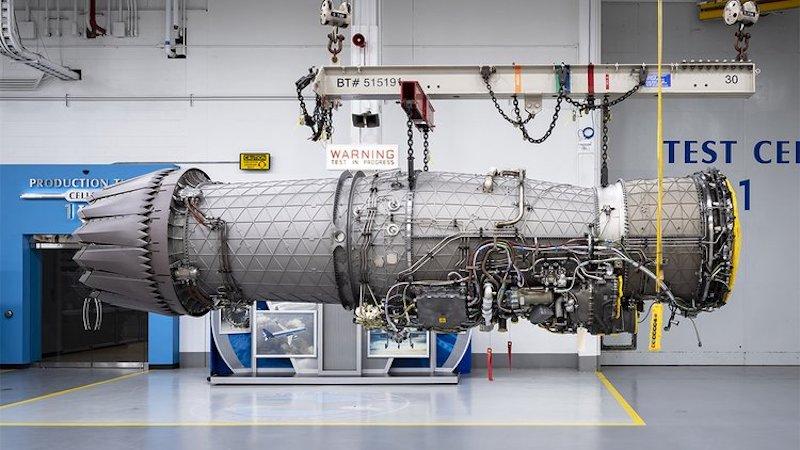
While the U.S. Air Force would have wanted other services to help shoulder the cost of a full engine replacement for all variants of the Lockheed Martin F-35, it simply was not possible, the service’s top civilian official says, even as lawmakers press the service to reconsider moving ahead with the Adaptive Engine Transition Program.
Air Force Secretary Frank Kendall, in rolling out the service’s fiscal 2024 budget request earlier this month, decided not to proceed with replacing the F-35’s F135 powerplant with either the GE Aerospace XA100 or Pratt & Whitney XA101 that were developed as part of the multibillion-dollar AETP program, instead opting for the cheaper Pratt F135 engine core upgrade (ECU).
During a March 28 House Appropriations defense subcommittee hearing, multiple lawmakers pressed Kendall on the F135 ECU plan, which would not provide nearly the increase in range or fuel efficiency that an AETP could. Chairman Rep. Ken Calvert (R-Calif.) noted the committee has in the past added funding to the AETP program and asked if Kendall would support moving forward with it if the other services shouldered some of the cost.
But Kendall said neither option would fit in the U.S. Marine Corps F-35B variant and the Navy does not believe the cost would be justified for its F-35C carrier version, even if it could fit, and that is not clear.
“The only service it would benefit significantly is the Air Force,” Kendall says.
While he shares the view that the range and fuel-efficiency gain from an AETP option would be significant, the Pentagon needed a solution that could move the entire department forward together and that is the F135, Kendall said.
Following the Air Force’s announcement, GE has pressed for Congress to move forward with a potential reengining. The company says in a statement that the ECU would still cost billions, without providing the same capability improvements.






Comments